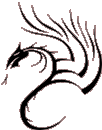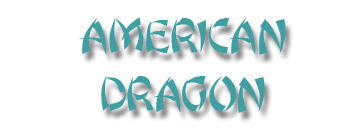INDIVIDUAL HERBS
| Pharmaceutical Latin: | Rhizoma Amorphophalli |
| Common English: | Konjac Devilstongue Glucomannan Rivier Giantarum Rhizome |
Anomalous Herbs
| Taste | Temperature | Entering Meridians | Dosage |
Acrid Bitter |
Cold (Warm) Toxic (Non-toxic) |
? |
9-15g |
| Actions | Indications/Syndromes |
Resolves Phlegm, disperses accumulation and swelling and relieves toxicity |
Coughing due to Phlegm Accumulation, malaria, Topically for burns and scalding, carbuncles, furuncles, erysipelas, abscesses |
Invigorates the Blood and alleviates pain |
Amenorrhea, External and Internal trauma |
Suppresses tumors |
Tumors, tuberculosis of the lymph nodes |
CONTRAINDICATIONS |
|
INCOMPATIBILITIES |
HERB/DRUG INTERACTIONS |
|
|
|
|
|
|
- Konjac is often used as a diet food. The dietary fiber from the root of Amorphophallus konjac is used as a component of weight loss supplements. Konjac supplementation at modest levels has been shown to promote increased butyric acid through improved bowel flora ecology and increase bowel movements in constipated adults.
- Konjac can also be used for facial massage accessories which are currently popular in Korea.
- This herb has been shown to inhibit the growth of cancer cells.

